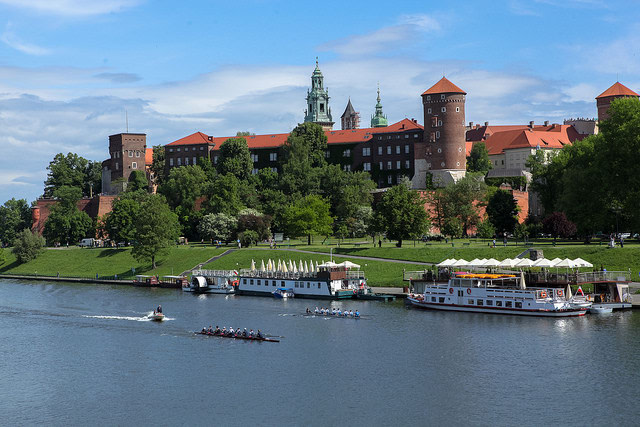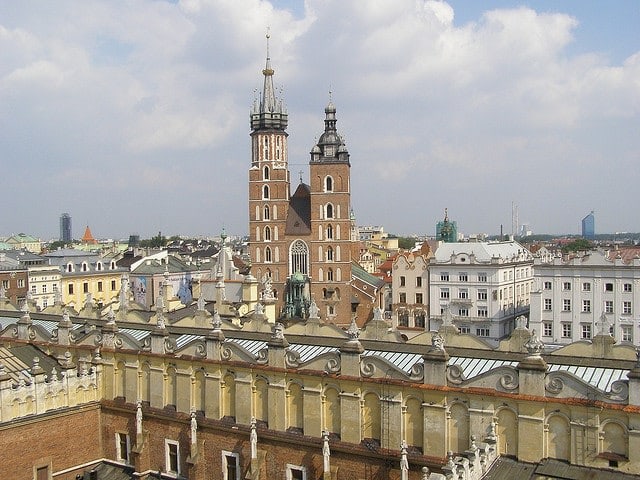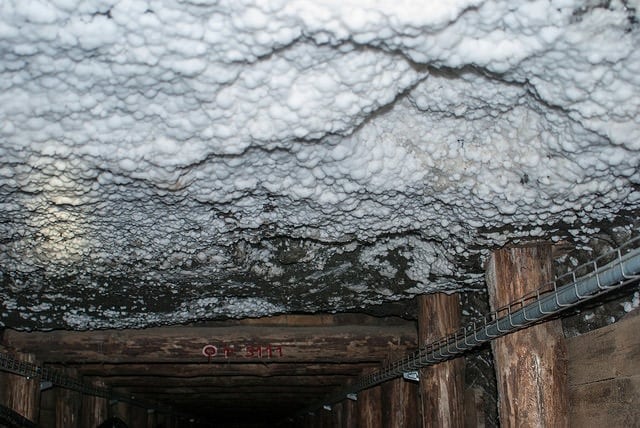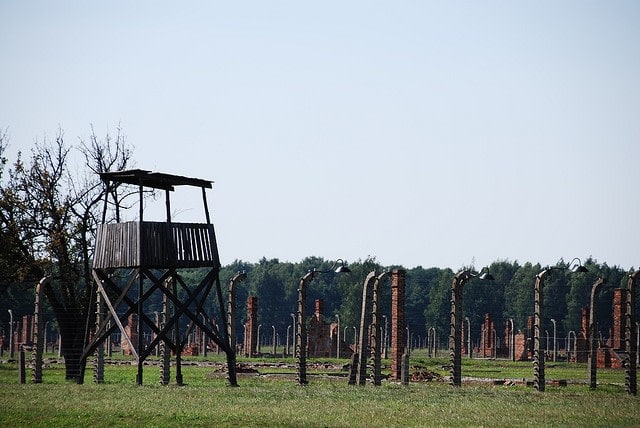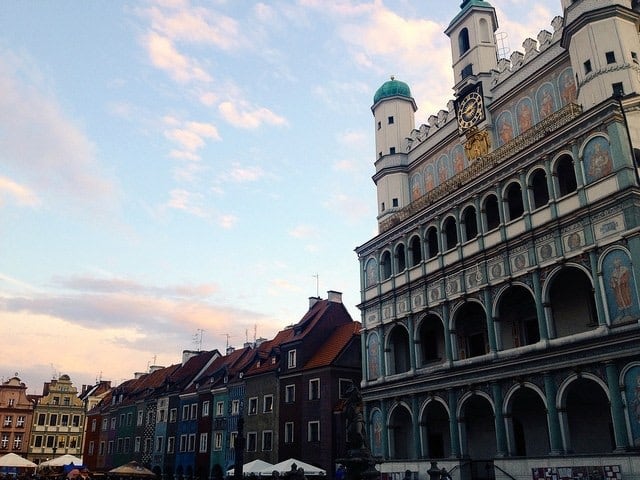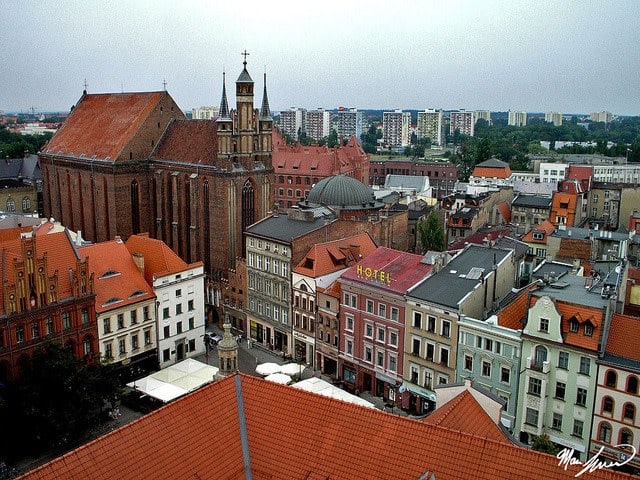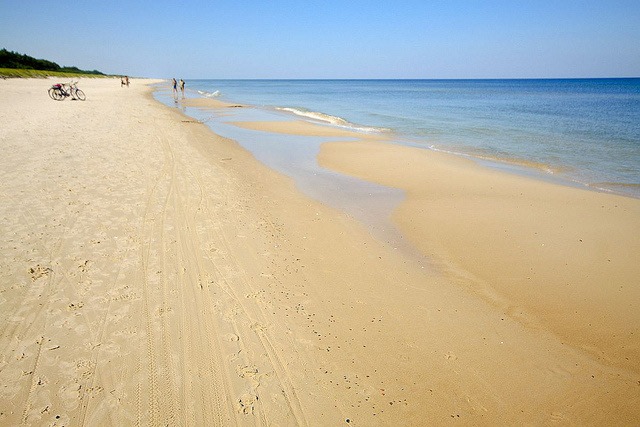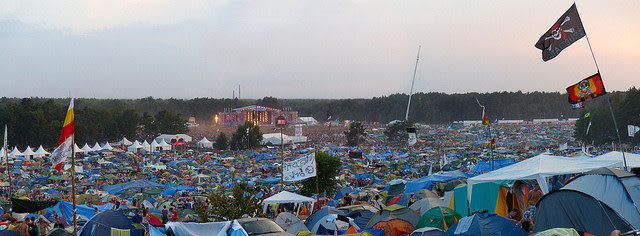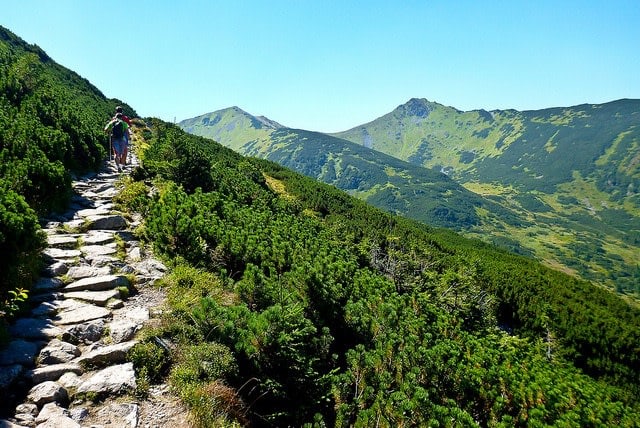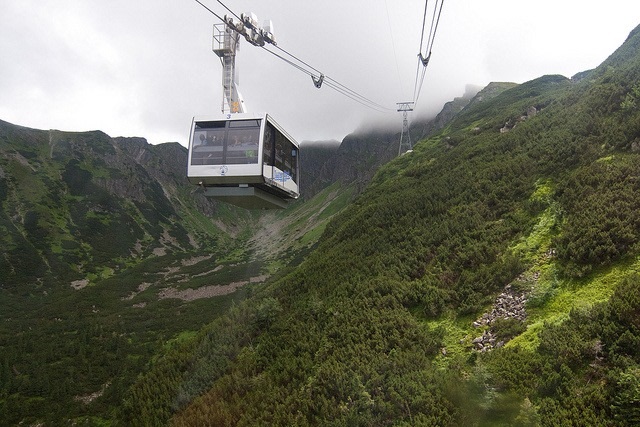| 7 mins read
By Jennifer Mullen
If Poland were a person, he would have windswept hair from his Northern Baltic coast and would wear fine, yet dusty clothes, to reflect the glory and grandeur of his historical cities. He would have deep character lines on his face, and most likely a few scars from living centuries long sandwiched between quarrelling European neighbours. And he would also be slightly serious, resilient and highly intellectual, being able to boast of great people, such as Marie Curie, Chopin and Copernicus, as his kinsmen. Indeed, Poles are some of the best-educated people in Europe, with at least 50% of them boasting an academic degree. This is apparent in cities, such as Kraków, where a large number of the brightest international students look at enrol at the Jagiellonian University, which dates back to 1364.
When travelling here, a Polish tour guide will typically recommend the first port of call to be Kraków, famous for its quaint and atmospheric Old Town. In the Jewish district, Kazimierz's streets are bustling with galleries, cafes, restaurants and bars. The main square is a great place to sit and watch the world go by in the warmer months. In winter the traditional Christmas markets twinkle with gingerbread-house charm, and the cold air is filled with the spicy scent of mulled wine as well as the enchanting salty aroma of pork knuckle and sausages. Near the main square is the impressive church of the Virgin Mary (Kosciol Mariacki), with its two enormous bell towers, which were used to warn against invaders in centuries gone by. History enthusiasts should not miss the 16th century Wawel Castle, or a tour of Schindler’s factory that houses a museum showcasing the history of the Jewish population before, during and after the Nazi occupation.
Another very popular tourist attraction close to Krakow is the UNESCO World Cultural and heritage listed Wieliczka Salt Mine. The mine embodies the hard working spirit of not only generations of miners, but of the Polish Nation itself. Venture through the subterranean tunnels to explore mysterious shadowed chapels, statues and even a grand cathedral bedecked with elaborate chandeliers carved out of rock salt by the miners. The mine also hosts a number of concerts and theatre shows; do remember to ask your Krakow tour guide to tell you more about the legend of Princess Kinga, associated with the mine.
It is impossible to talk about a visit to Poland and not mention the darker memories caused by war, to understand the character and spirit of the nation. Indeed, it is estimated that more than 6 million Poles, which included soldiers and civilians, died in concentration camps, labour camps, prisons, and forced labour during the five years of Nazi occupation. Sites, such as the Auschwitz concentration camp in Oświęcim or Stutthof near Gdansk, are now sobering and unforgettable pilgrimage destinations. Monuments have been erected in many places, in the hope of the stark reality being a blunt lesson for the future.
For architecture lovers, the town of Poznan, which was once the capital of Poland, is a must see gem. The old town was badly damaged in World War II, but has been lovingly restored. The basilica of Saint Peter and Paul is Poland’s oldest cathedral, the grandeur of which seems to particularly come to life around sunset. For something a bit more unusual, Poznan has recently opened a croissant museum, which has an amusing and interactive show.
Another well-preserved old town is Torun, famous for its gingerbread and has a UNESCO protected Old Town replete with gothic architecture. Wroclaw in the west of Poland is a lively university town, whose streets echo with the historical footsteps of those who once claimed it as their own, namely Bohemians, Austro Hungarians, Prussians, as well as Germans. Ask your Wroclaw tour guide about the mysterious dwarfs, who charismatically captivate visitors from many corners of the city.
Poland is also well worth visiting for its uncrowded natural beauty. Up north on the Baltic Coast is the Slowinski National Park, whose rolling oceans of sand dunes seem timeless. Do make it a point to consult your Baltic coast tour guide about getting there, as it is a bit of a trek to reach on foot, and other options such as bicycles for hire and mini trains are available. Contrary to how the name sounds, the Hel Peninsula on the Baltic coast is a scenic 35km sandbank, which is well worth a visit. Military enthusiasts can get a feeling for how this location held strategic importance over the years, by visiting the lighthouse and Defence Museum. The water temperatures here in summer are surprisingly pleasant, although in winter one could get away with sending a postcard back home, joking about “Hel freezing over”!
One of the biggest parties in Europe takes place at the "Przystanek Woodstock", drawing crowds up to 750,000 people every summer. The festival’s motto is “Love, Friendship and Music”, and in addition to the music, there are also other events to support the arts!
For those whose idea of a fulfilling holiday is fresh air and sporting activities, the Tatra Mountains will not disappoint. These mountains form a natural border between Poland and Slovakia and it is even possible to cross the border by raft on the Dunajec River. For hiking enthusiasts, the Tatra National Park has over 275 km of marked tourist trails, sometimes with chains, iron steps and rope ladders. Winter visitors can treat themselves to a sleigh ride, pulled by magnificent working horses, against a backdrop of the pristine Morskie Oko Lake.
The ski resort of Zakopane may not be as famous as European resorts, such as Zermatt in Switzerland or Val d’Isere in France, but offers 16 individual pistes, linked by 20 lifts, to suit skiers of all abilities. The area also has some impressive cross country skiing, sledging, flood-lit skiing and if you have any energy left, a very lively après-ski scene. Some of the regional cuisine here includes roasted goat, smoked salted sheep’s cheese and Highland electric tea, made with local spirits. For the best view in town, take the Kasprowy Wierch Cable Car up to the summit at 1985 metres, where you can stand with one foot in Poland and one foot in neighbouring Slovakia.
Poland travellers can hence look forward to a land of fascinating contrasts, from dramatic white-tipped mountains in the South to coastlines in the north, peppered with holiday towns. One may have to clean the sand, salt or snow on one’s boots after a trip here, to be rewarded with a greater understanding of this fascinating nation at the crossroads of Europe.
(Jen Mullen is a seasoned traveller, having lived and worked in the UK, Germany, Switzerland, Australia and most recently South India. In her opinion, the best parts about travelling are meeting the locals, sampling as much new food as possible, and making an effort to learn new languages)
Image Details and Licenses: https://flic.kr/p/nEidhE (Ministry of Foreign Affairs, CC BY-NC 2.0), https://flic.kr/p/35yXPn (magro_kr, CC BY-NC-ND 2.0), https://flic.kr/p/qcP4PE (Andreas Welch, CC BY-NC-SA 2.0), https://flic.kr/p/2y6xeM (ryanne lai, CC BY-NC 2.0), https://flic.kr/p/o6mbvw (Felipe Tofani, CC BY-NC-SA 2.0), https://flic.kr/p/8VYkBy (Marc Szarkowsk, CC BY-NC-ND 2.0), https://flic.kr/p/auQjvx (Ministry of Foreign Affairs ofCC BY-ND 2.0), https://flic.kr/p/fp8ABz (frankenschulz, CC BY-NC-SA 2.0), https://flic.kr/p/d71UrC (Visionn Photo @ avisionn.co, CC BY-NC-ND 2.0), https://flic.kr/p/8mohGd (annaspies, CC BY-NC-ND 2.0)


